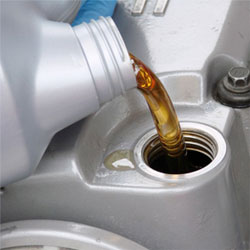Spring is the time for car love! Not only should you be thinking about giving your car the TLC it needs it needs to recover from winter’s brutal wear and tear, it’s also time to think about preventative maintenance. Properly maintaining your vehicle will save you aggravation and keep you safer. It’s also the secret to joining our Quarter Million Mile Club and saving big bucks.
Your owner’s manual will provide you with the minimum care your car requires to survive the long-term warranty. Here are the tasks that should be on your own preventative maintenance checklist and that you can take care of on your own:
- Change the oil and filter regularly. We recommend every 3,000 miles if you use regular oil and every 5,000 miles for synthetic. Don’t forget to check your oil level at least once a month.
- Check all fluids regularly. These include windshield washer, antifreeze, as well brake fluid, transmission, and power steering.
- Check the air pressure level once a month.
- Check the windshield wiper blades regularly.
Look for split rubber at both ends of the blades. If the rubber is split or the wipers are smearing or streaking, replace them.
Unless you’re a home mechanic, let a professional take care of Spring maintenance. Your R&R Service Team will check the engine belts and hoses, drive train, steering, suspension, and transaxle fluid. In addition, we’ll also check the shocks, struts, CV boot, brakes, exhaust, charger, and starting system. If you like, we also can take care of that oil change for you, too. Just ask. Make your appointment today.





